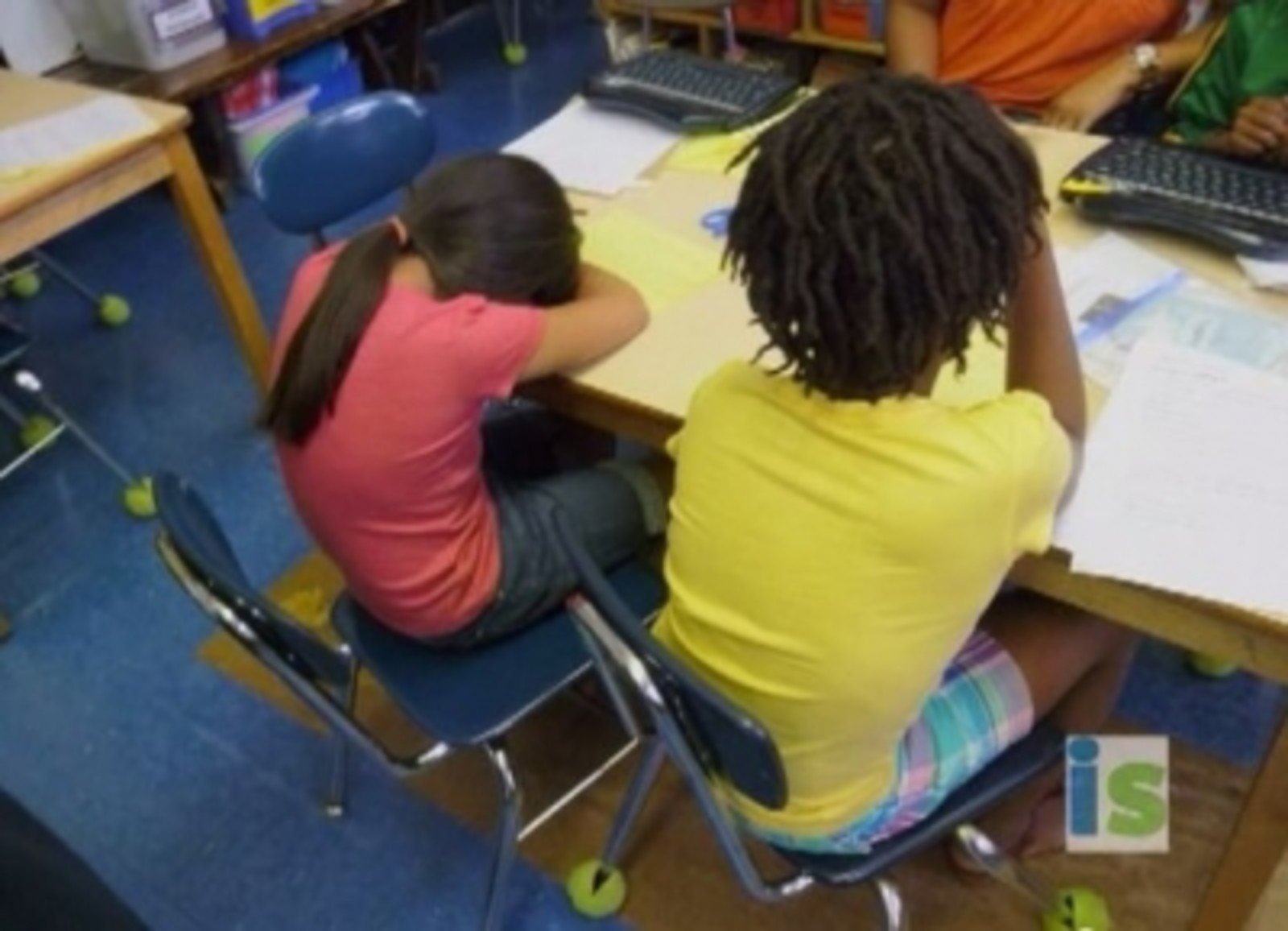When public school falls short for special needs kids

I am the proud parent of a bright, creative, and unique daughter with learning disabilities. Like many children with high-incidence disabilities, my daughter outperforms in certain academic areas and underperforms in others. From kindergarten until 3rd grade, she relied on these skills and managed in a general education classroom with some extra services. She had caring, committed teachers, well versed in different learning styles.
By the second week of 3rd grade, however, it became clear that she would have problems. The rapid implementation of Common Core Standards combined with an unsympathetic classroom teacher made her deteriorate—academically, emotionally and socially. The principal told me that an integrated co-teaching (ICT) class—with two teachers, one a special ed expert—did not exist for her grade. I tried to switch to a nearby public school with more services, but because of 2011’s special ed reform, I was told she now had to be served by her zoned school, and they were giving her all that they could.
Meanwhile, my sweet, friendly daughter developed tics like humming and rocking. Invitations to play dates and birthday parties stopped. Out of desperation, I searched for alternatives and eventually garnered a placement at a private special education school for bright students with disabilities, paid for by the Department of Education. My daughter has become her ebullient and curious self again.
If your child with a learning disability is struggling in school, there are other options. Through persistence, research, and exhaustive communication with anyone who could possibly help me, I found my daughter a placement at a state-supported private special education school. It took months of planning and hours of due diligence to navigate the system. Here is a step-by-step guide from a mom who has been there.
1. Get a diagnosis from an outside evaluator
The DOE conducts evaluations and will suggest treatment plans to improve a set of symptoms, but they stop short of giving clinical diagnoses. Having a diagnosis can make a big difference so parents need to go to an outside evaluator. Sometimes insurance or Medicaid covers this, but if not, these evaluations can cost thousands of dollars. For those without insurance coverage, St. John's Center for Psychological and Educational Testing offers comprehensive testing on a sliding fee scale, but expect to pay at least $500. In certain cases, the DOE will cover the expense. Results can take months to receive, so plan ahead. Once you get the report, you have priceless information: a diagnosis, detailed data about your child’s strengths and weaknesses, a recommended treatment plan, and evidence-backed leverage in meetings.
2. Contact an education lawyer
Some attorneys charge for a consultation and some don’t, but their insight has value even if you do not retain one. Nonprofit advocacy groups like Advocates for Children and Resources for Children with Special Needs can also offer free, spot-on advice. A quick internet search of “special education lawyers in New York City” will give you a list of some of the region’s top firms. You can also call some private special education schools and ask for a list of recommended lawyers and advocates.
3. Research and apply to private special education schools
An acceptance letter from a private special education school greatly increases the chances that the DOE will approve your request. The city directly pays its approved state-supported school tuitions, but many parents have to sue the city annually for independent school reimbursement. Even for approved state-supported schools, however, parents often have to pay one month’s tuition (my daughter’s deposit was $3,300) to hold their child’s spot. If the placement is approved, the money will be reimbursed, but it might take several months. Visit the State education website for a list of private special education schools in the area.
Placements are competitive, and many schools now actively screen out students with “emotional disturbances.” Include as supplements to your application letters from adults (counselors, teachers, coaches, pediatricians) that testify to your child’s emotional health. Applications are due in the fall for the following year’s admissions.
4. Meet with your individual education plan (IEP) team
A school-age child’s IEP team usually consists of a district representative, the child’s special education teacher or service provider, the general education teacher and sometimes the school social worker or psychologist. If you want a different school setting for your child, ask the IEP team to “defer to CBST (Central-Based Support Team).” CBST will review your child’s file and decide whether the city will pay for a private school placement. If they deny the request, then you can ask for a hearing. Recently, Mayor Bill de Blasio vowed to streamline this process for families.
Although the process is daunting, finding the right educational fit for your exceptional child makes all the effort worthwhile. We have a dinner time tradition in my family where we each share our favorite part of the day. Last year, my daughter’s favorite part of the day was almost always “coming home from school.” Her refrain this year? “My favorite part of the day was school.” Nothing makes me happier than seeing my daughter finally learning—and loving it.
Please Post Comments